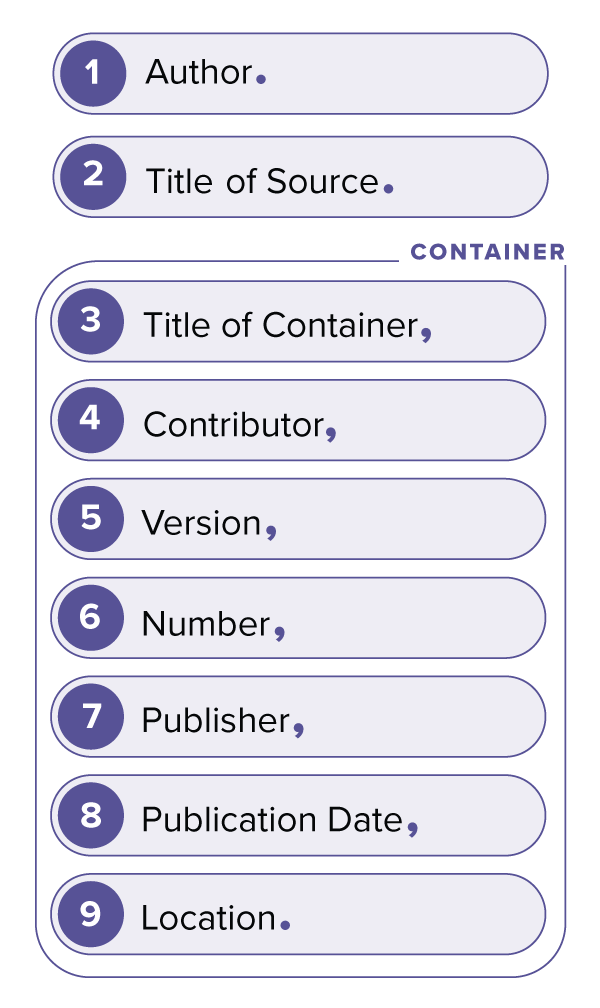





MLA is a bibliographic style we use to document the sources we used. It includes a set of rules on how to format the Works Cited List (Bibliography) for recording full source details, the in-text citation for citing sources within your paper and the endnotes and footnotes for adding content or bibliographic notes.
This is a standardized way of referencing sources so that they can be understood by all, by creating bibliographic entries. This is done by creating bibliographic entries, using the core elements of the published work used, such as the author, title, publication date etc.
The Principles of documentation
Academic Integrity is a key component of the MLA standards. Plagiarism is a serious offence in academic context, and therefore it is advised to conduct careful research, source evaluation and meticulous note-taking. Giving credit to the sources used can be done by summarizing, paraphrasing and quoting when needed. This is advised in academic writing so there is clear distinction between the author’s own ideas and the informed ideas, always by creating citations.
 The Works Cited List is a separate part at the end of a research paper, where all the sources used are listed in alphabetical order.
The Works Cited List is a separate part at the end of a research paper, where all the sources used are listed in alphabetical order.
Use the MLA template of core elements to create entries for the works-cited list by recording the publication details of the sources you are using.
The MLA style uses containers when a work is contained in another work. For example, an article published in a journal is contained in a database. In this case, the process of filling the template is repeated again from the Title of Container to Location.
The Core Elements
Author: list the primary creator of the work (writer, artist, composer, etc.) that can be either an individual or an organization.
Title of source: list the title of the work or a description of the work if the title is not available.
Title of container: list the title of the larger work that contains the work you are citing.
Contributor: list any other creators, people, or organizations that contributed to the creation of the work, other than primary authors, or in case there is no primary creator.
Version: list any indication that the work circulated in different forms. (editions, versions, formats)
Number: list any numbering system if the work cited is part of a numbered sequence.
Publisher: list the entity responsible for the production and dissemination of the work.
Publication date: list the date the work was published.
Location: list where a source can be found, which varies by medium. (page range, URLs, DOIs)
Example of a work in one container:

Example of a work in two containers:

In-text citations are short, distinctive references placed in the body of your text after a quote, a summarized or paraphrased text you have used from a source, that direct to the works-cited list. It can appear in your prose or in parentheses, and it includes the first element of an entry, usually a surname.
| In prose: Naomi Baron broke new ground on the subject. |
In Parentheses: At least one researcher has broken new ground on the subject (Baron). |
|
Works cited: Baron, Naomi S. “Redefining Reading: The Impact of Digital Communication Media.” PMLA, vol. 128, no. 1, Jan. 2013, pp. 193-200. |
|